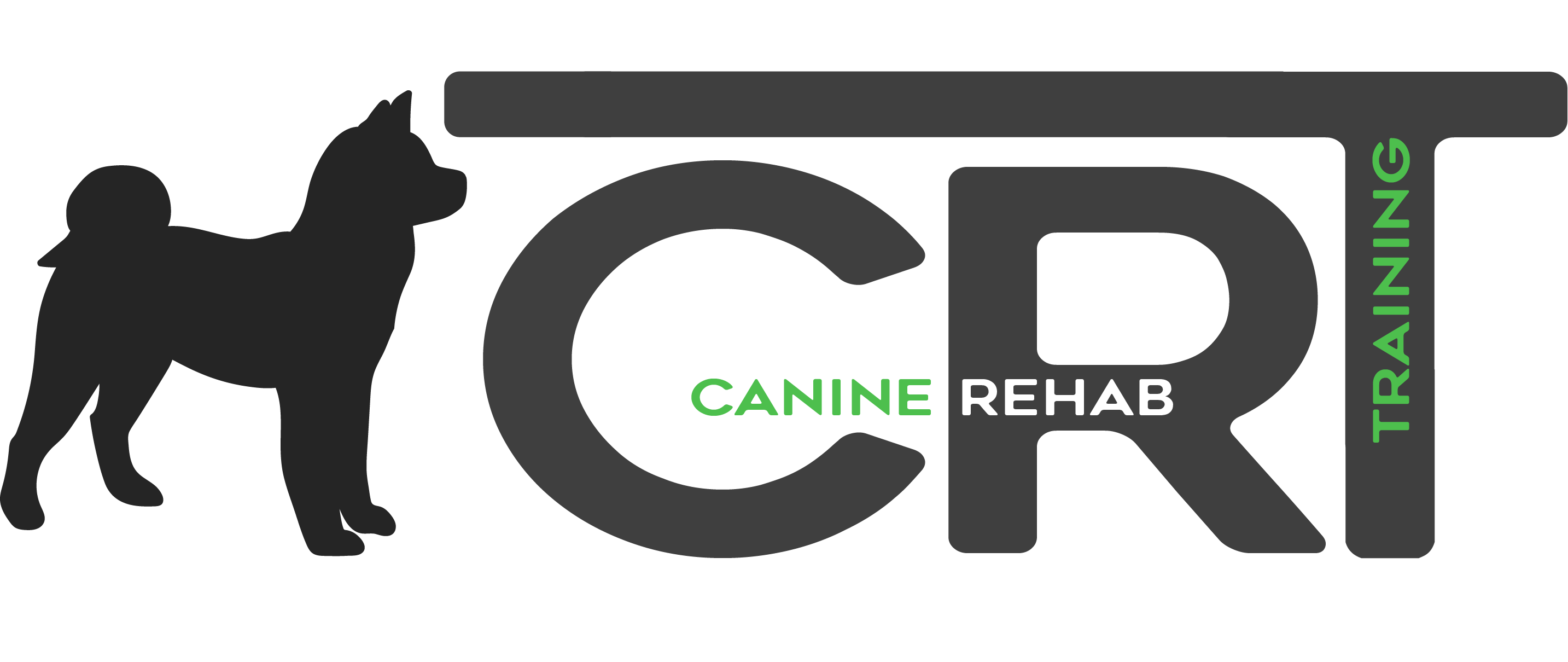How to Train a Puppy to Sit and Stay!
We’ve all been there. That adorable, irresistible puppy look that would melt even the hardest of hearts, suddenly turns into a tornado of mischief, and you’re left wondering, where did I go wrong? Fear not, for CRT K9 is here to bring order to the canine chaos. We believe in ‘Unleashing the Art of Sitting and Staying’ as a core philosophy to instill discipline in your lovable furball.

Understanding Your Puppy
First, we need to appreciate the nature of the beast. Puppies, while adorable, are inherently wired to explore, play, and yes, get into trouble. Just like a human toddler, puppies need training and discipline to grow into well-behaved and sociable dogs.
Stages of puppy development are crucial to understand for effective training. The first few weeks are an exploration stage, followed by socialization, fear impact, and finally, maturity. It’s vital to note that these stages affect how well your puppy responds to training, which we’ll explore more in the following sections.
Preparing for Training
Before you get started on the training itself, setting up a conducive environment for training is key. This might mean creating a quiet, distraction-free space where you and your pup can focus. Additionally, patience and consistency are your best friends in this journey. Remember, Rome wasn’t built in a day, and neither will your puppy’s impeccable manners.
Puppy training tools like treat pouches, clickers, and chew toys can come in handy. However, they should be used correctly to ensure the puppy associates them with positive experiences.
Teaching Your Puppy to Sit
Ah, the cornerstone of puppy obedience, the almighty ‘Sit‘ command. Let’s break down a step-by-step guide:
- Hold a treat close to your puppy’s nose.
- Move your hand up, allowing their head to follow the treat and causing their bottom to lower.
- Once they’re in sitting position, say “Sit,” give them the treat and share affection.
Positive reinforcement is crucial here. Celebrate their victories no matter how small, with treats, petting, or verbal praise.
However, keep in mind some common mistakes:
- Don’t confuse your pup with multiple commands.
- Don’t yell or intimidate them if they don’t catch on immediately. This will just scare them and make them associate training with fear.
Teaching Your Puppy to Stay
The ‘Stay‘ command is equally important and can be a lifesaver in certain situations. Here’s the step-by-step guide:
- Ask your puppy to “Sit.”
- Open the palm of your hand in front of you, and say “Stay.”
- Take a few steps back. If they stay, give them a treat.
- Gradually increase the number of steps you take before giving the treat.
Again, use positive reinforcement techniques to encourage their good behavior.
Avoid these common mistakes:
- Don’t rush the process. It takes time for your pup to understand the concept of “stay”.
- Don’t punish them for getting it wrong. It will only create a negative association.
Advanced Training Tips
Once your puppy has mastered the ‘Stay’ command in a quiet environment, introduce distractions and duration gradually. For instance, have them ‘Stay’ when there’s another person or pet in the room, or while you jingle the car keys.
Remember to transition gradually from training to real-life scenarios. It’s a whole different ball game to ask them to ‘Stay’ when there’s a squirrel in the park compared to the living room!
The Role of Regular Exercise and Playtime
Exercise isn’t just for keeping your puppy’s weight in check – it has a direct connection with obedience training. Regular physical activity helps to keep your puppy healthy, mentally stimulated, and most importantly, tired! A tired puppy is a good puppy, as the saying goes.
Integrate training into playtime to make it fun. For instance, during a game of fetch, ask them to ‘Sit’ before you throw the ball.
Frequently Asked Questions
Every puppy is unique, but typically, it takes 4-6 weeks of consistent practice.
Patience is key. Try different training techniques, and reward them generously when they do it right.
Gradually introduce distractions in a controlled environment and reward them for staying put.
Short and regular training sessions work best. Aim for 5-10 minutes, 3-4 times a day.
Treats, verbal praise, and petting work wonders. Find what motivates your pup the most.
Conclusion
To wrap up, the ‘Sit’ and ‘Stay’ commands are instrumental in your puppy’s training journey. With patience, consistency, and a dash of fun, you’re on your way to having a well-behaved canine companion.
And remember, even when it gets tough, keep going. Your future self and your adult dog will thank you for the time and effort you invested during these crucial early stages.
